The sofa is a place we spend a great deal of time (probably more than what we would like to admit). It’s therefore important to know how to properly measure a sofa to ensure that it fits our home perfectly.
It can be difficult to find the perfect sofa. There are so many different styles and colors available that it is easy to feel overwhelmed when you go shopping. Whatever style you choose, it is important to ensure that the size of your living-room sofa ideas is correct.
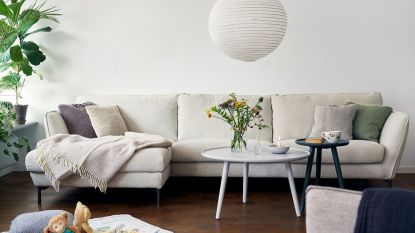
That measuring your sofa before buying it is a crucial step. The tape measure is not the only thing to consider. You also need to think about how it will work in a particular space and visually.
Your sofa must not only fit perfectly into your space, but also get through your door and around tight corners. It may even have to go up stairs. You don’t want to order a couch online only to find it is much bigger or smaller than expected. It might be funny one day, but in the interim, it can cause us stress and cost money.
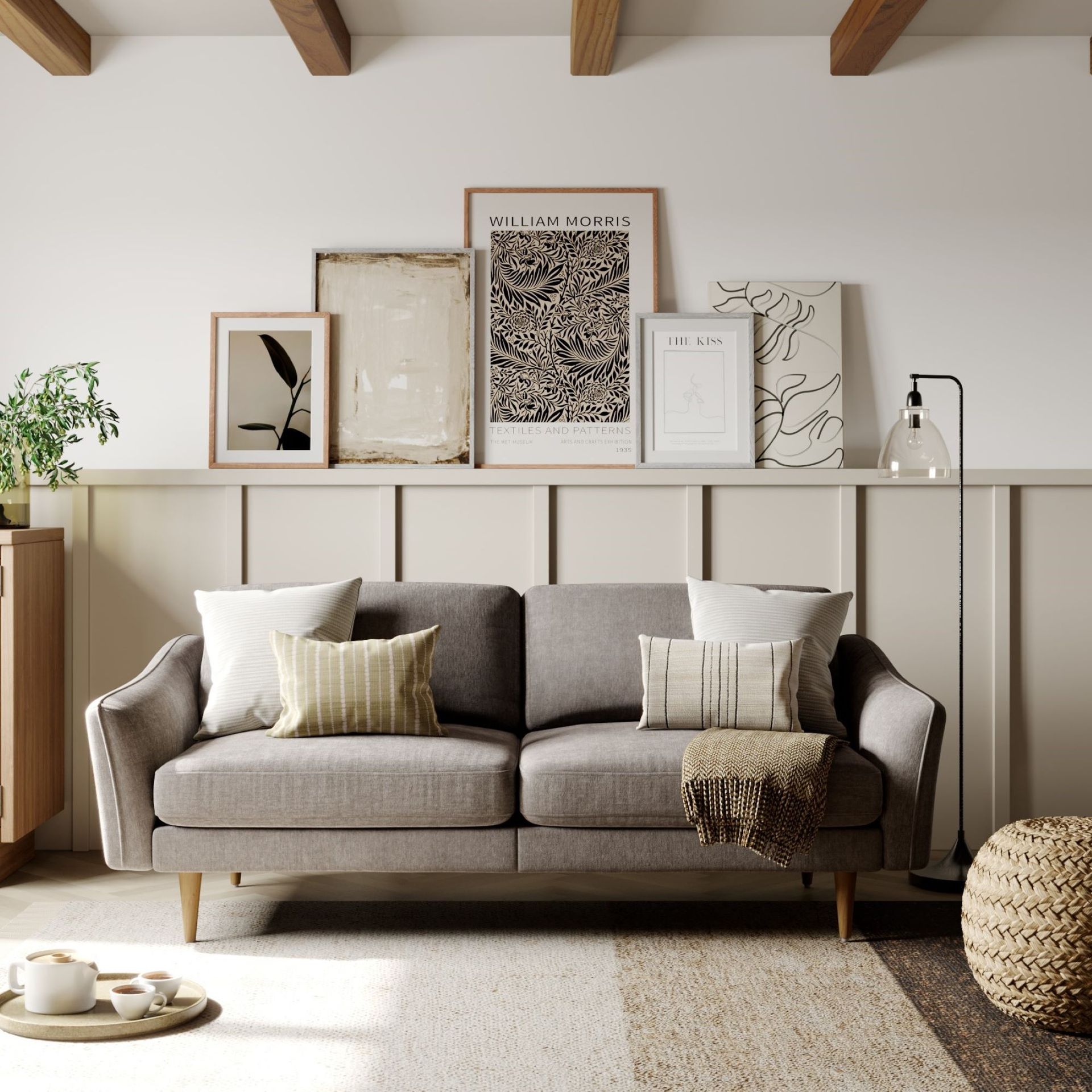
How to measure a sofa
This guide will walk you through the entire process, from determining the size of the sofa in relation to the room to getting precise measurements.
1. Consider how you will use the space
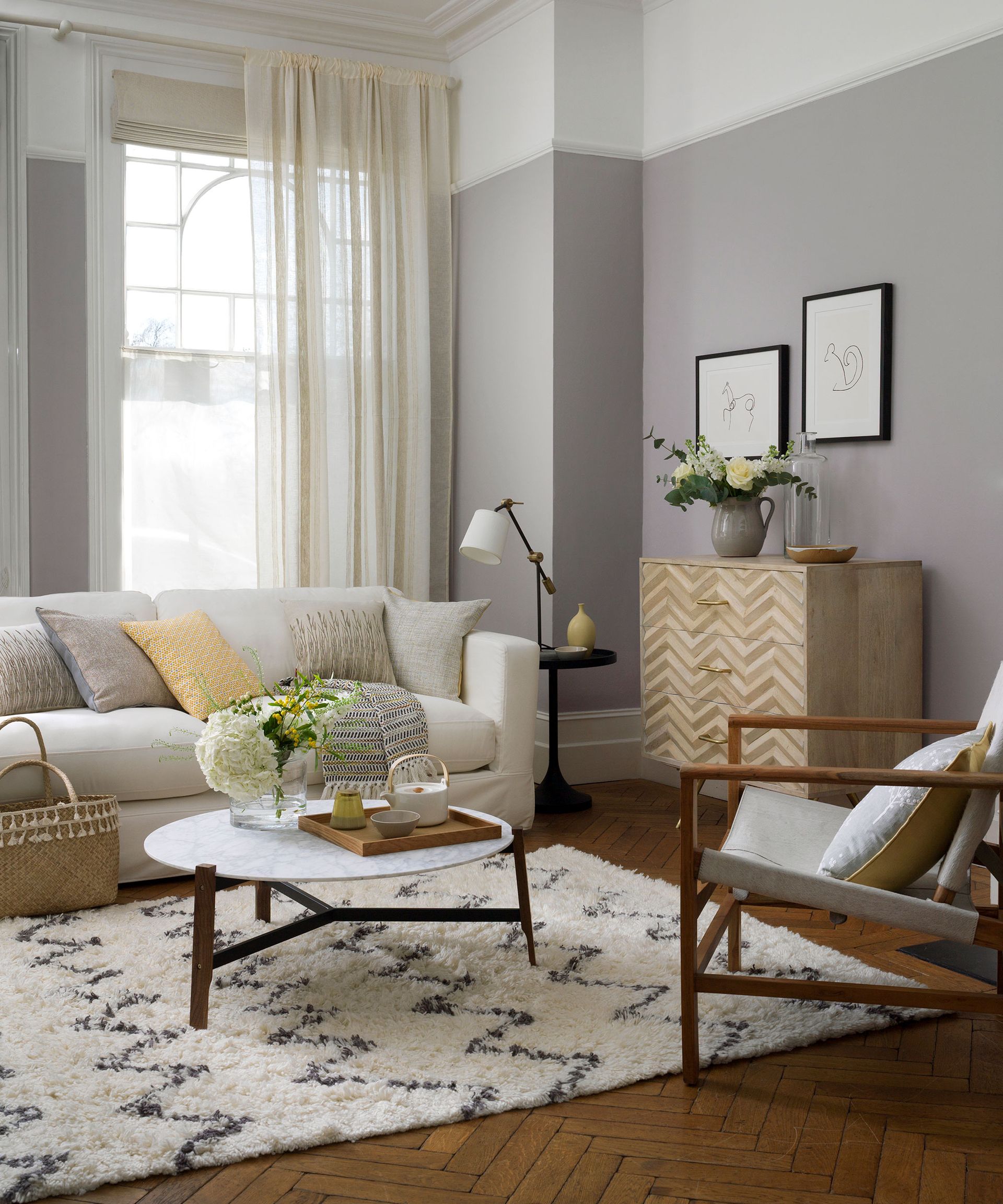
Start by thinking of how you will use your living room. Many people have separate living areas from the rest the house, while others have a knock-through off the kitchen/diner. But no matter the size, it is important to know if the space will be used for socializing or watching TV.
Symmetry will look fantastic in a formal or social space. The balance between two sofas or two armchairs or even one sofa facing the other will be visually pleasing. Add a coffee table or large footstool in the middle and ambient lighting to create a cozy atmosphere. In a family area, the sofa is likely to be a major feature. It could be a large chaise or corner style.
Suggests that you give your new sofa enough space, even if is a small living room. The first thing you should do is to consider the size of the room in which you want to place your sofa.
Do you want a piece that can fit in a tight corner, or do you prefer a large statement piece to fill the middle of a room with an open layout? Maybe you’d prefer a large, comfortable corner option to watch movies with your family. After you have decided on your style, you can begin to look for sofas that will work with the space.
2. Measure the space
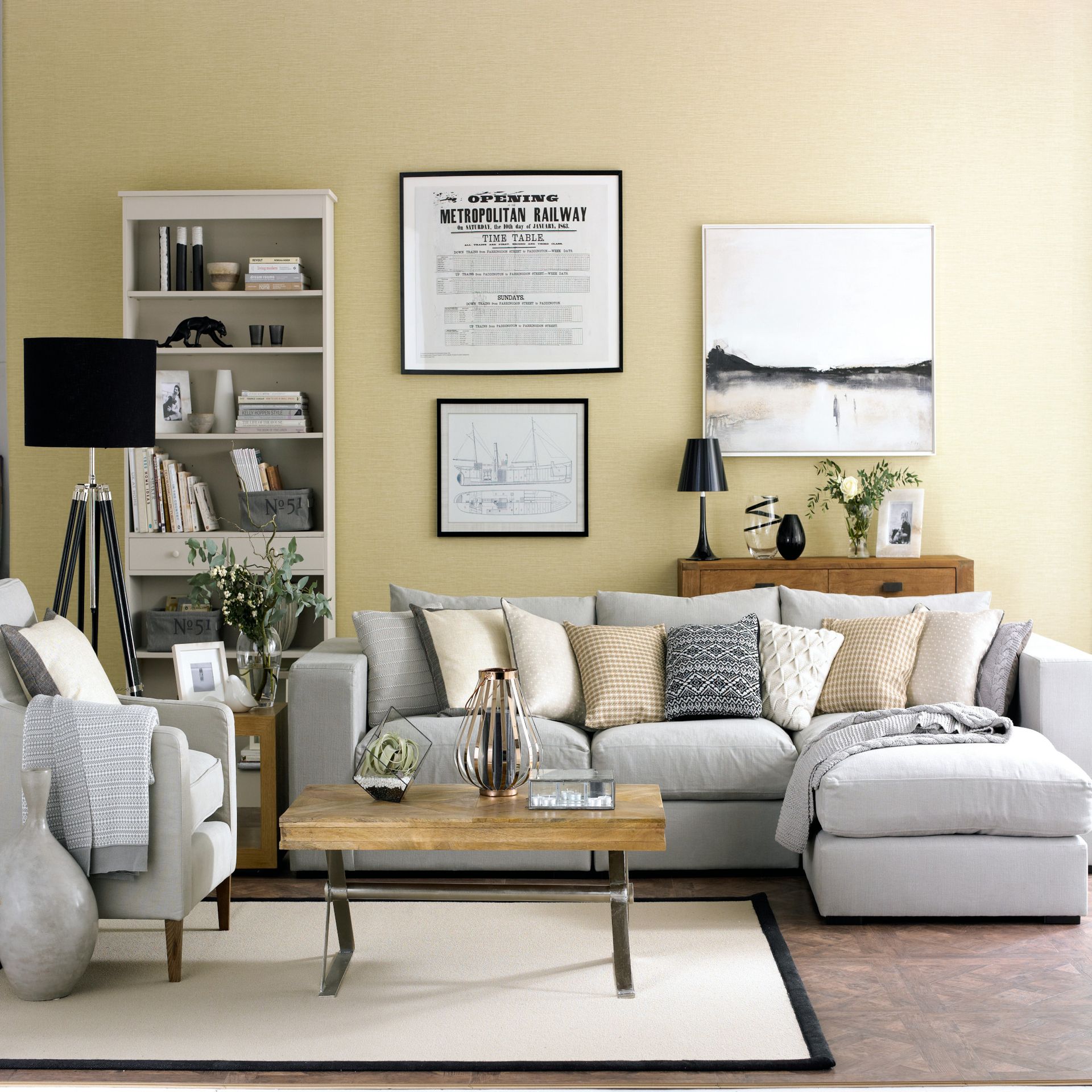
The next step is to measure the room and determine how much space will remain after the sofa has been installed.
It’s useful to walk around where the sofa is going to be placed to make sure you can still move comfortably around it. This will ensure you can still open the windows and doors and pass any side or coffee tables when you have the sofa in place. Take note of nearby radiators or shelves to make sure the sofa doesn’t interfere with them.
Always consider how people will enter and exit the room. Arrange the furniture accordingly. Traffic flow is important.” You do not want to cause any bumps or knocks, nor do you want awkward weaving in the room. Keep paths clear and clutter-free! You want to have lots of space. I would say that the walkways should have a minimum width of 900mm. If it is less, you will feel it.
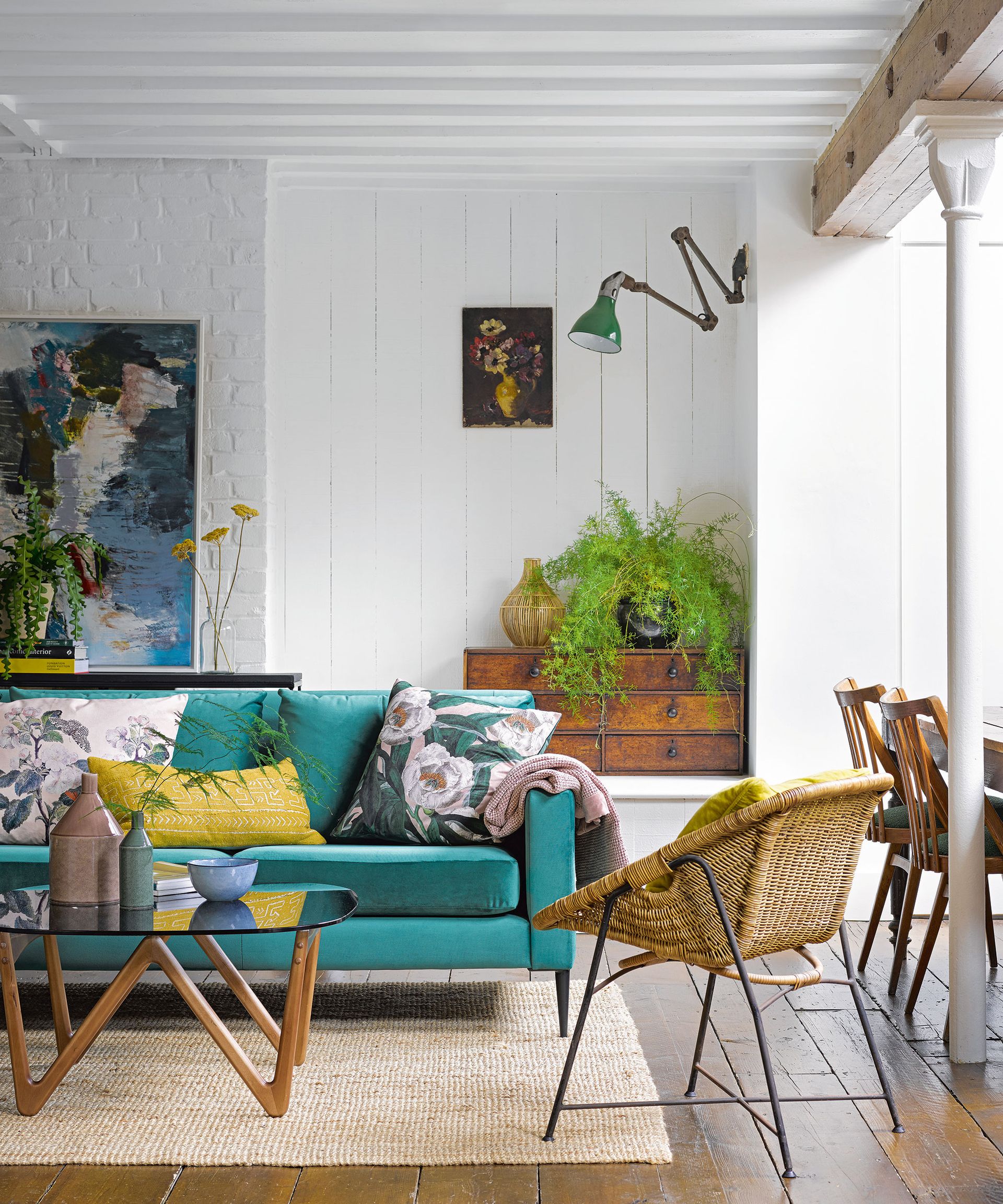
The size of your sofa is very important. It can seem like the sofa takes up the entire room. If it’s too small, you may have to fight over the best spot in the house. The key is to find the sweet spot.
Sofas with slimmer proportions, sleeker silhouettes and clean lines are ideal for smaller rooms. Select a model that has elegant tapered legs to raise the frame off the floor. This will give the impression of having more space. These pieces are larger and more dramatic, creating a focal point for a living room without overwhelming it. These pieces also act as a room divider, helping to create zones.
3. Measure again and again
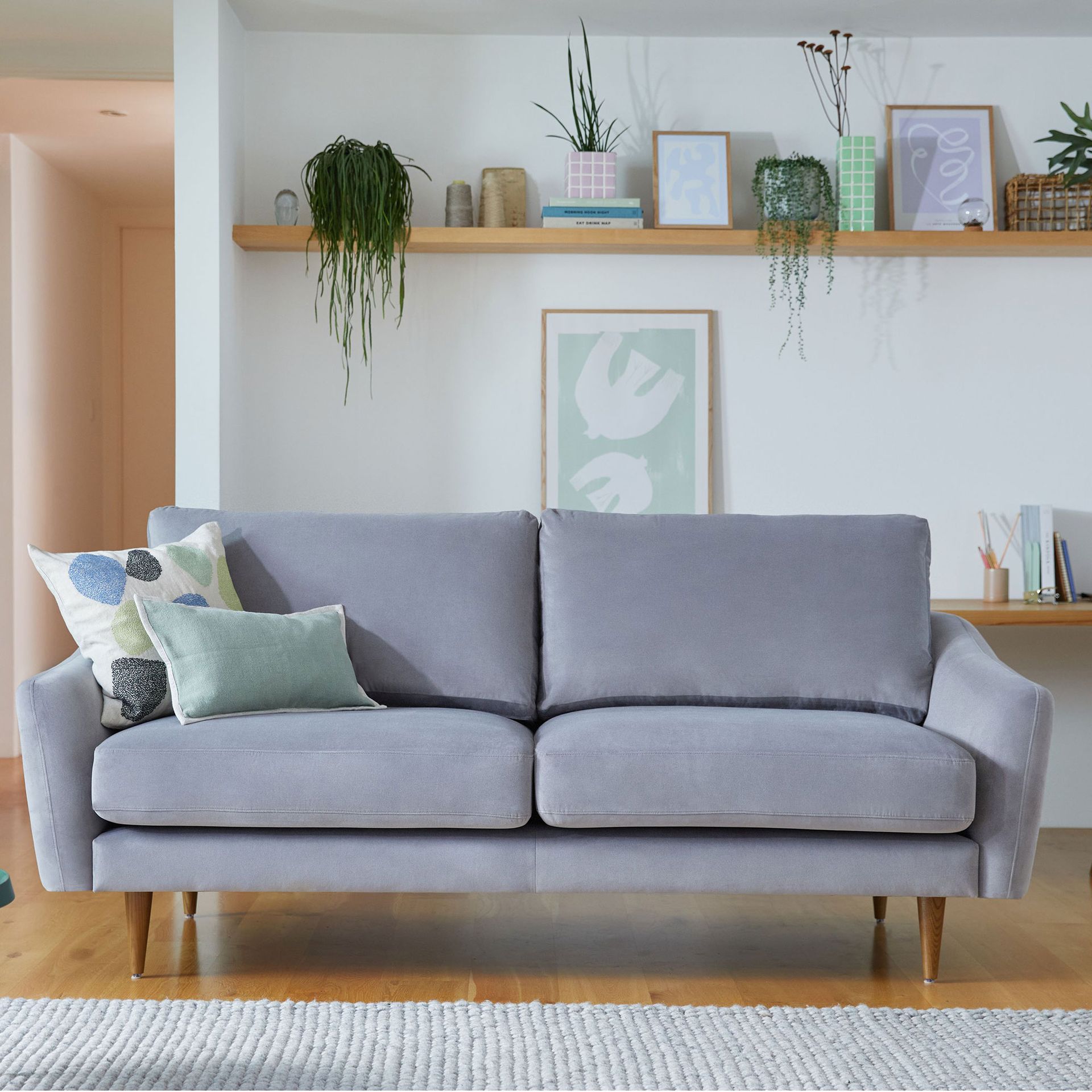
Now comes the important part of measuring to ensure you get the right sofa size. Our experts have different ways of measuring for a couch, but all agree that it is a measurement you do not want to make wrong.
When measuring your new sofa, to take note of the dimensions of existing furniture. Make sure that your new sofa will fit in the room without being too crowded or unimpressive.
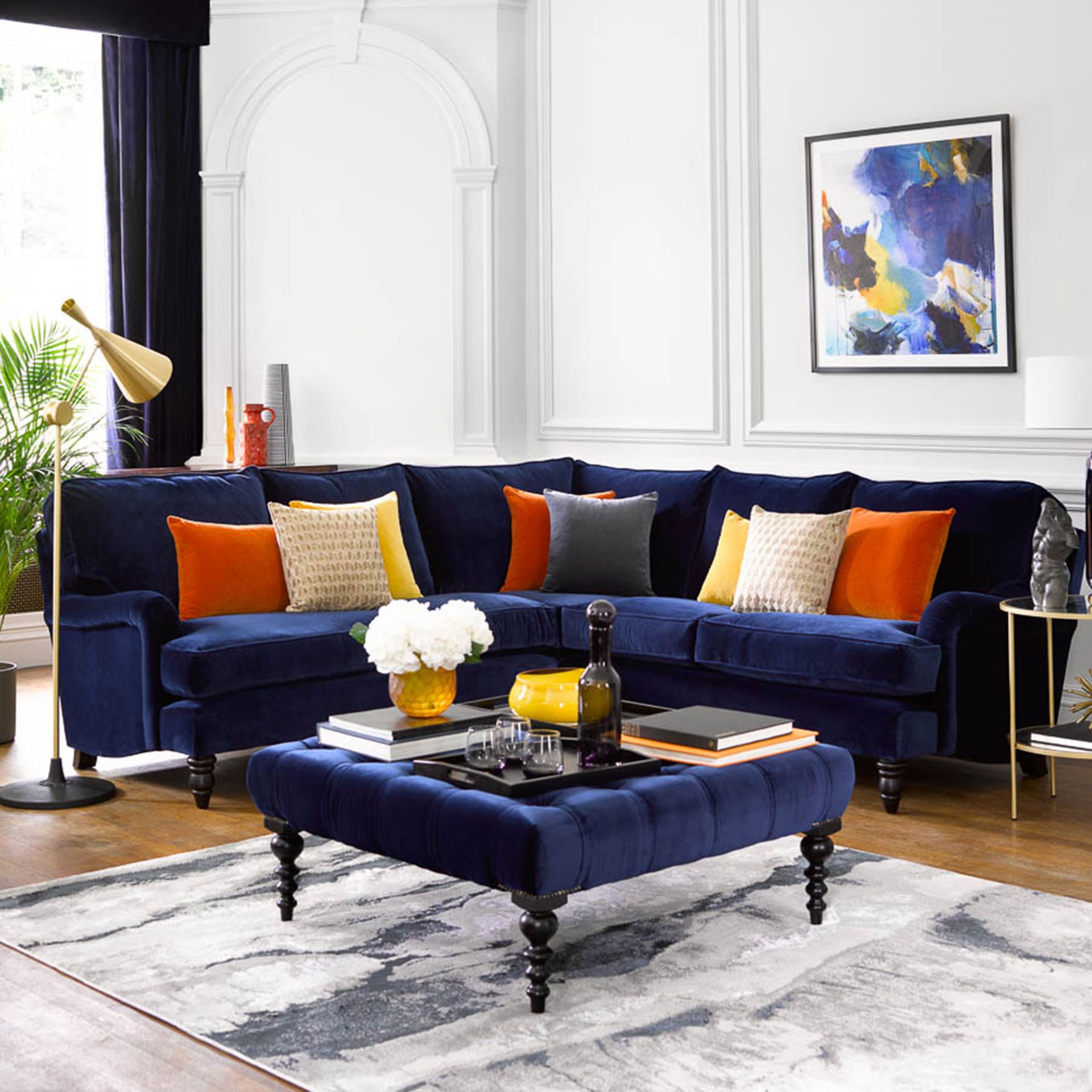
You can also get an idea of size by choosing a style and mapping out the dimensions on the ground. This is done either with cardboard or masking tape. Try sizing down or up until you find the right sofa for your home.
should measure your room and use an existing sofa as a reference to determine if there are any differences in dimensions between models. In an empty room, you can lay out newspapers to visualize the size of the sofa. When sizing your sofa, don’t forget to include space for the legs and to move around.
Think about how much floor space you have. Take a rough measure of the maximum width and length the room can support. If it helps you visualize, tape or lay out a newspaper silhouette on the floor. It’s important to allow enough space to walk comfortably around the couch and other furniture.
4. Consider the following:
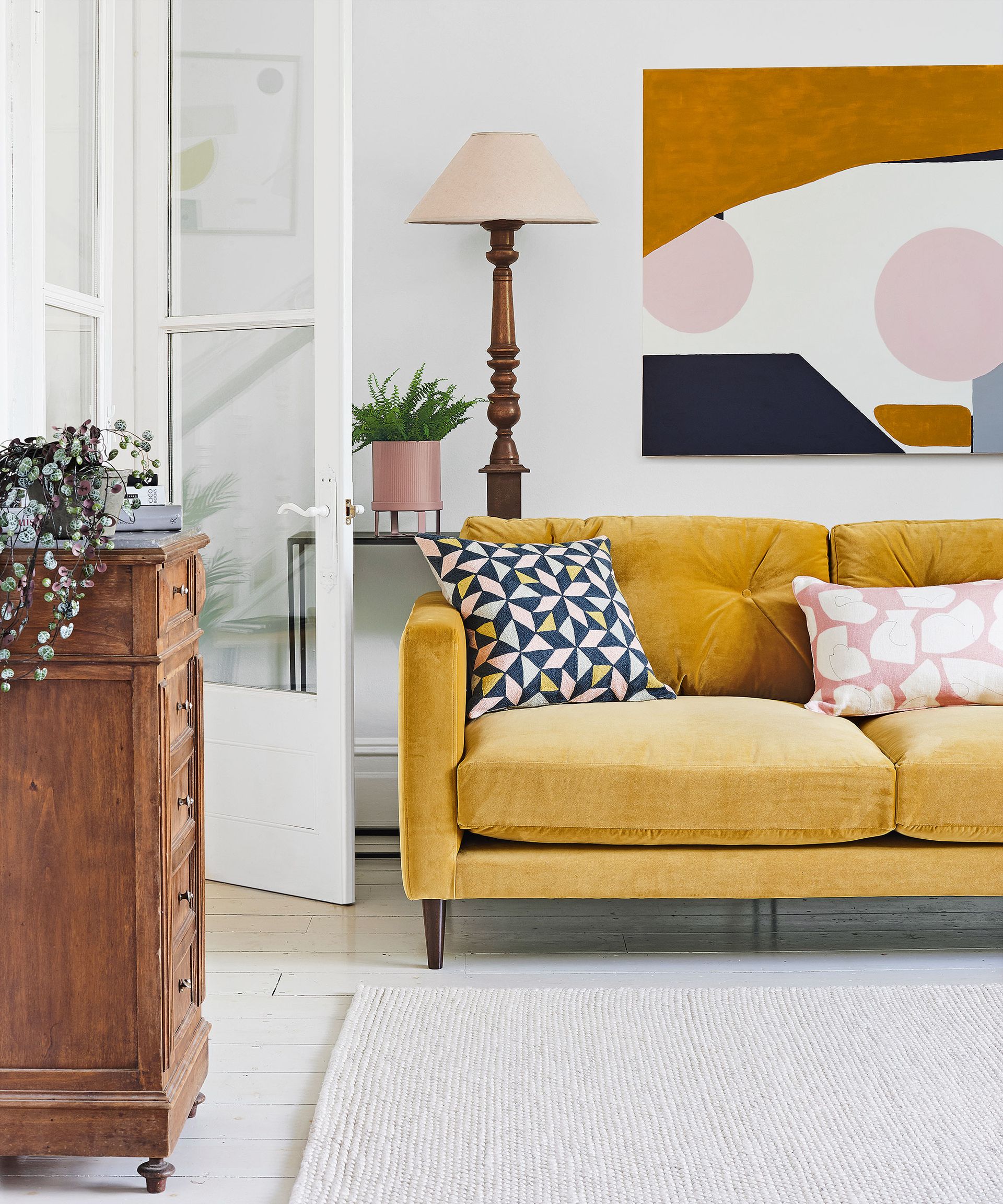
You know your sofa will fit in the room but how do you get it there?
Don’t think only about the look of the sofa in the room, but also how you will get it there.There are many ways to overcome difficult access. From sofas with bolted-on arms which can be fixed after your sofas have been placed to smaller, modular items.
Delivery is an important stage in the buying process for a new couch, so ensure that your hallways and doorways are large enough to accommodate it. Consider a chaise or corner sofa to maximise your space and comfort without compromising on either. They are not only great for relaxing but their length also serves as a footstool, saving additional room in the room. A style that has hidden storage will also make the most out of a small space, reducing the need for bulky furniture.
Avoid stress by buying a sofa in a package that is easy to assemble without heavy lifting, DIY skills or tools.All Snugs Sofas and Sofa Beds are delivered in boxes, can fit in awkward spaces or up winding stairs and are modular and reconfigurable.
5. Layout your room correctly
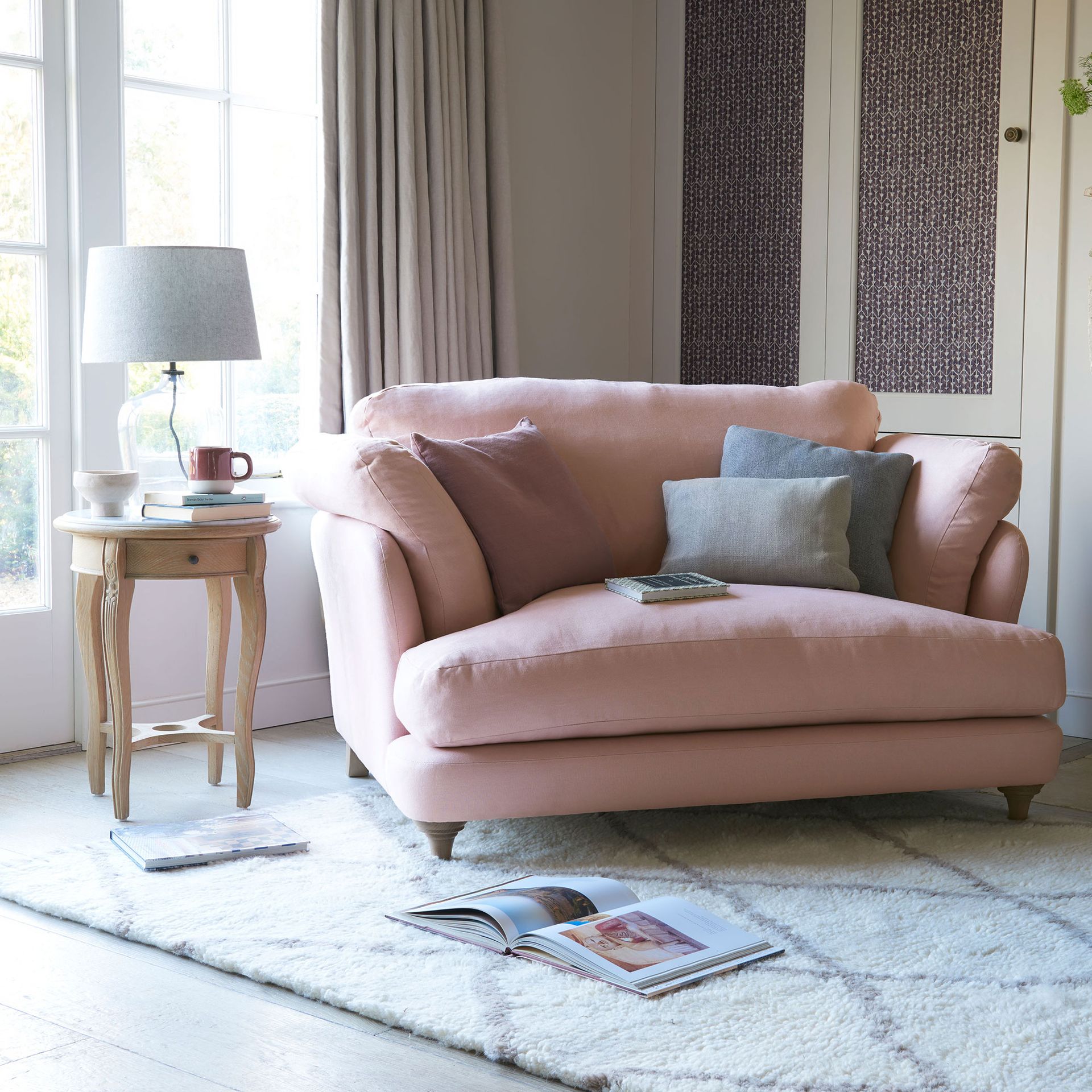
Next, make sure your new sofa fits perfectly in your room.
If you have a large, open-plan area, and expect a lot of traffic in the space, you might want to consider zoning it with open shelves. You can maintain the flow of your living room by creating a small separation. Use your sofa’s style to your advantage. The chaise and corner designs can be used to divide a room and provide walkways that will improve the flow.
Positioning a sofa against a corner wall will keep the space open, particularly in smaller spaces. The proportions of a sofa are especially important for compact living. A small sofa with narrow arms and a high back will appear bigger than it really is. However, a corner couch with a low-back can make a space feel larger and the sofa look less imposing.
Neutral sofas are great for small spaces and can be updated with throws and cushions in vibrant patterns and colors.
How do I know what size sofa to buy?
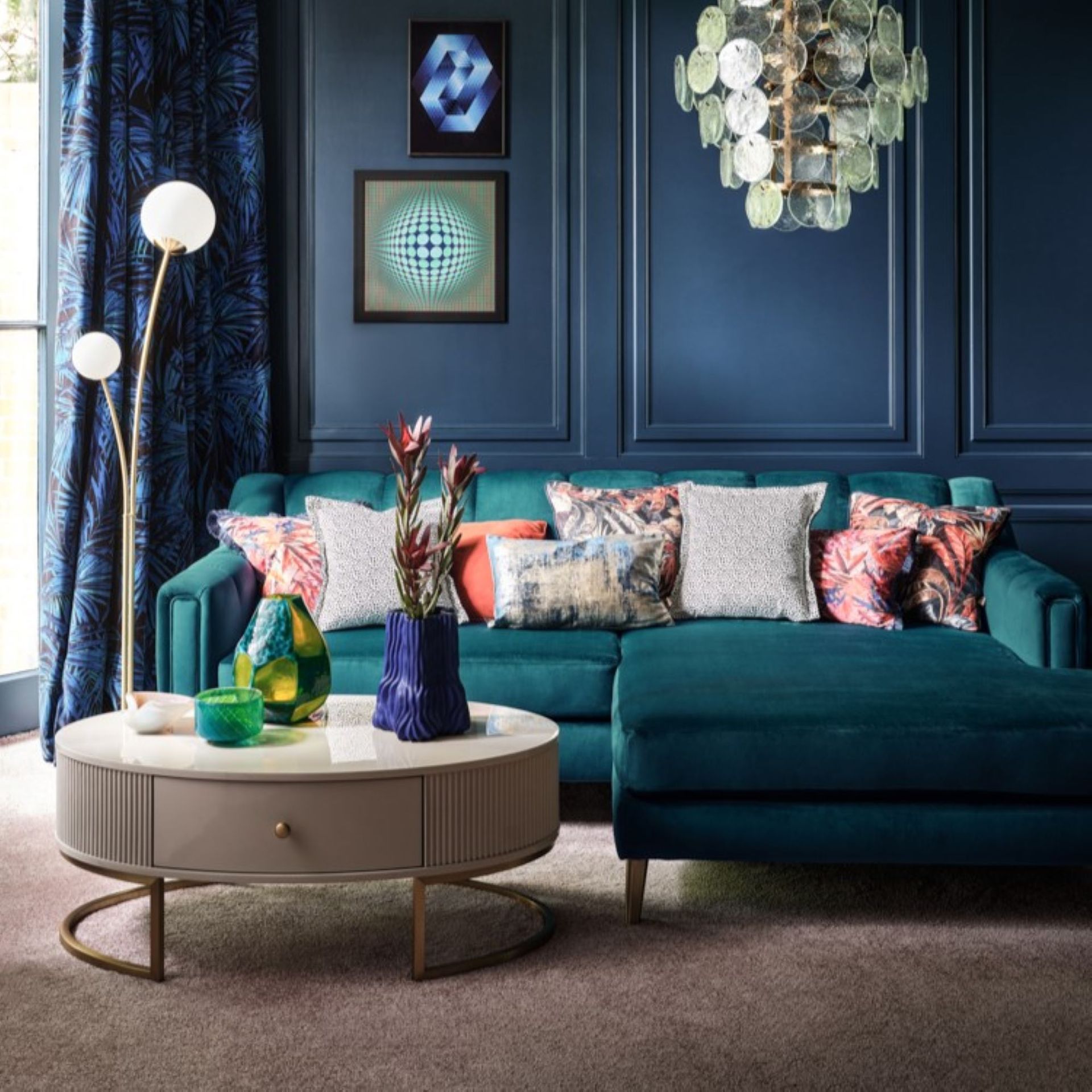
That when you buy a new couch, you should know more than the dimensions of your old sofa. You’ll need to take into account the size of the room, the layout, and how many people will be using it.
Measure the area where your new sofa will be placed, and also the size of your existing sofa. , Clear out the space where your new couch will be placed and measure its width and length to determine the maximum dimensions of your new living room suite. To help you visualize how the sofa will fit, you can use paper templates to represent each piece of furniture.
You can measure your sofa instead of moving it. Use these measurements to determine what size sofa you should buy. The following steps are laid out by interior designer :
- Start at one end of your sofa and measure to the other. Make sure you are measuring along the long side.
- Measure the depthof the sofa. Start at the front cushions and go all the way back to the backrest.
- Measure the width for the armrests. Start at one edge and go to the other.
- It’s always best to be safe when measuring heightof a sofa.
Does the sofa measurement include the legs?
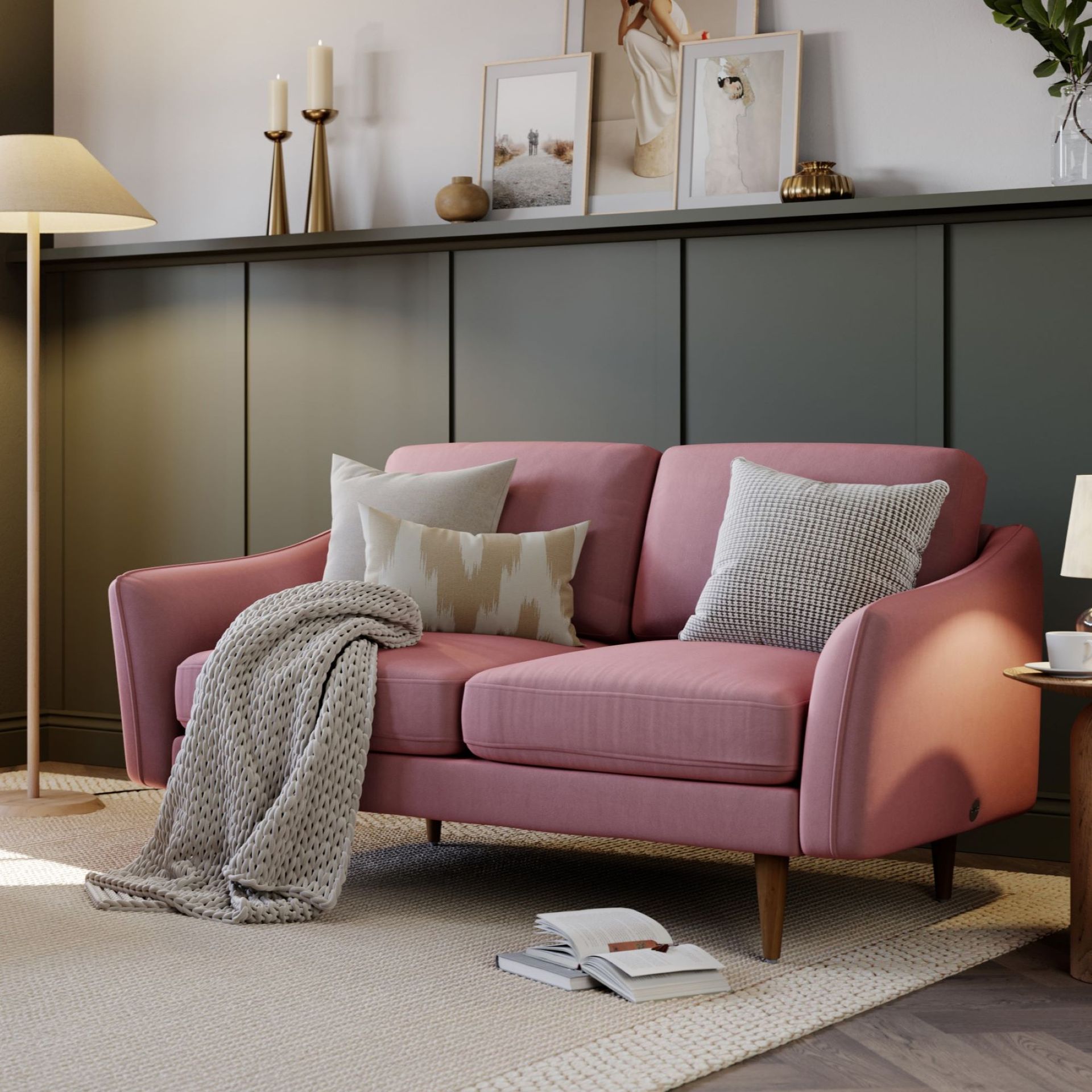
Measure your sofa with and without the legs. Legs are not necessary to include as they only impact the height. Always double-check the sofa measurements to make sure they include legs.
Sofa measurement usually includes the legs. This means that if you are looking for seat height, the measurement taken from the floor up to the top cushion of the seat where you will be sitting, the dimensions are taken with the legs included.

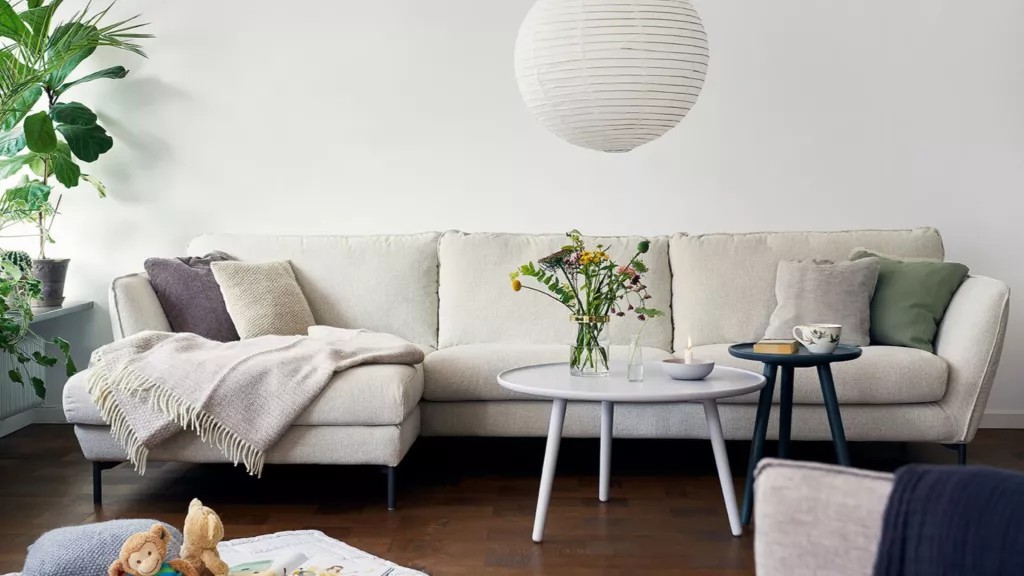


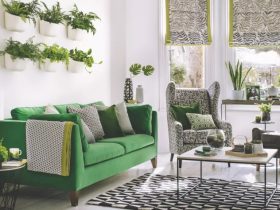
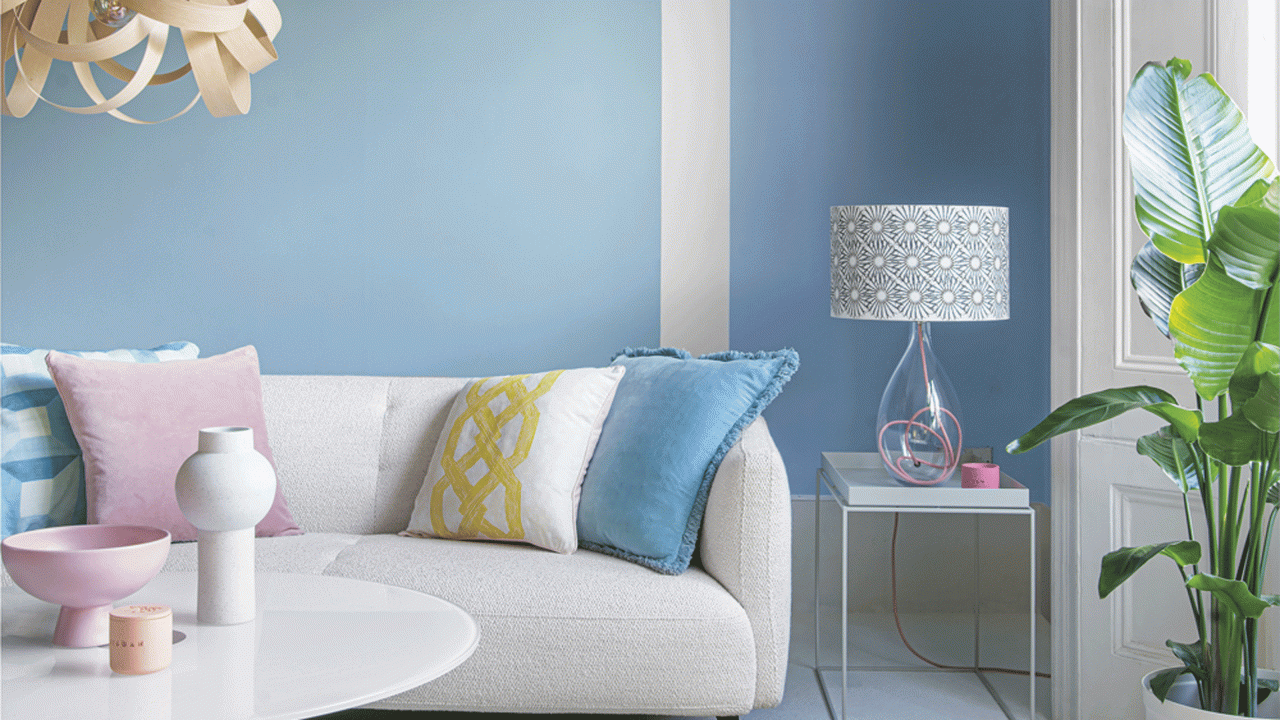
Leave a Reply